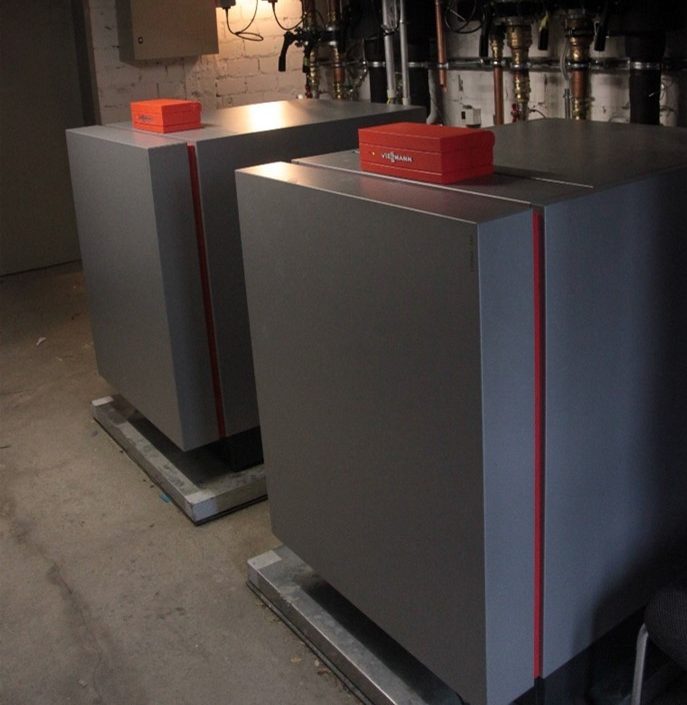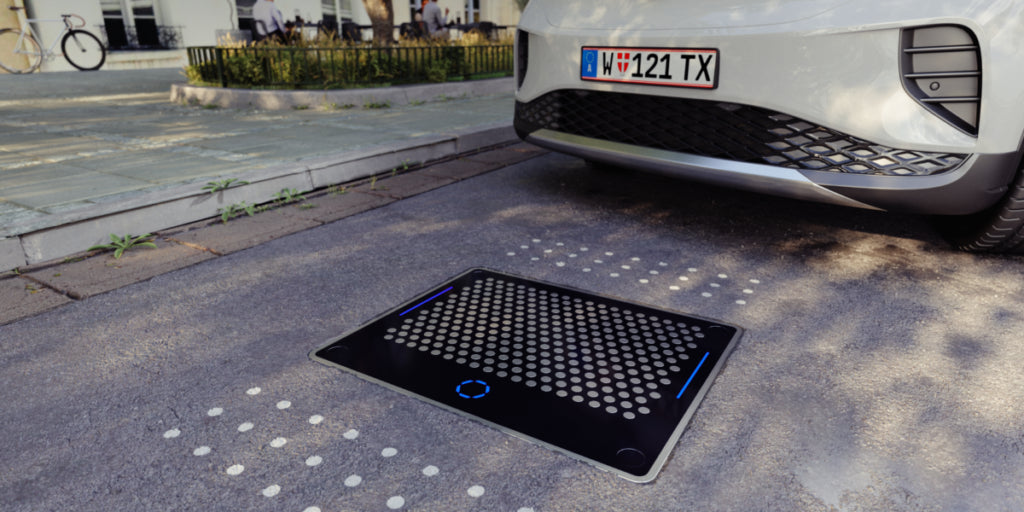https://www.pv-magazine.com/2023/03/08/fraunhofer-ise-viessman-develop-multi-source-residential-heat-pump/
Fraunhofer ISE, Viessman develop multi-source residential heat pump

Air and ground-source heat pump from Fraunhofer ISE and Viessmann
Image: Fraunhofer ISE
Germany’s Fraunhofer ISE, Freiburg University, and the Karlsruhe Institute of Technology (KIT) have developed solutions to retrofit heat pumps, heat transfer systems, and ventilation systems in multi-family homes as part of the “LowEx in the Building Stock” project. The team has also developed a multi-source heat pump with Germany-based heating manufacturer Viessmann. The device uses air and geothermal as heat sources.
“In city centers, there is often not enough space to drill boreholes for geothermal probes and the use of outdoor air as a heat source is comparatively inefficient and has a higher noise emission,” Fraunhofer ISE said in a statement. “The multi-source heat pump system combines the advantages of the two heat sources: outside air and ground. With this combination, a smaller drilling area is achieved yet the high efficiency of a brine heat pump is still achievable.”
The researchers installed the solution in a 160-unit apartment building in Karlsruhe-Durlach, Germany. The system was paired with a peak-load gas boiler and a 60 kW PV system on the building's rooftop.
“To achieve low-CO2 heat generation in these buildings, the heat pumps were designed to have the maximum possible coverage rate with the gas boiler operating correspondingly seldom,” said Fraunhofer.
In the first six months of operation, between February and July 2022, the multi-source heat pump achieved source temperatures of 8 C on average, according to Fraunhofer ISE. Its coefficient of performance (COP) during that period was reportedly 3.2. The gas boiler accounted for 31% of the heat supplied to the building. This “is primarily due to the high-temperature requirements for hygienic domestic hot water,” the research institution claimed. Overall, the retrofit system reduced carbon dioxide emissions by 42%.
Popular content
“The demonstrator multifamily houses in this project have proven the feasibility of retrofitting multifamily houses with heat pumps and low exergy technologies,” said Manuel Lämmle, a researcher from the University of Freiburg.
“To achieve optimal operation, it is important to consider the given situation, including the heat distribution systems and the amount of space in the heating cellar,” he said. “During the retrofit, it is also essential to perform a hydraulic balance of the heating system and check if flow temperatures can be further reduced, e.g., by replacing individual radiators.”
The project included other technological developments such as hybrid heat pumps, heat pumps with propane as the refrigerant, and high-temperature heat pumps. The other technologies partners included German manufacturers Bosch, Beck+Heun, and Kermi.
This content is protected by copyright and may not be reused. If you want to cooperate with us and would like to reuse some of our content, please contact: editors@pv-magazine.com.



